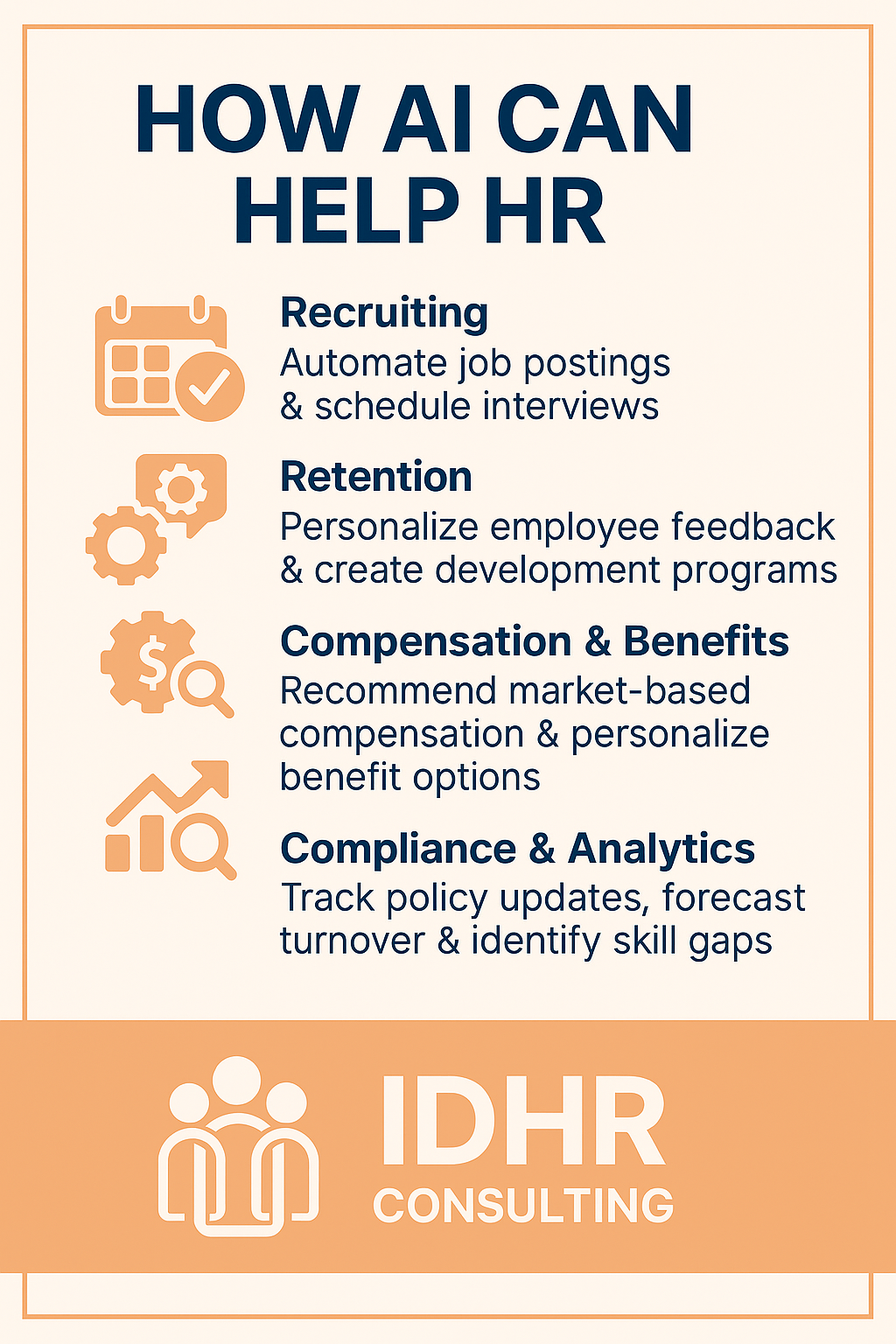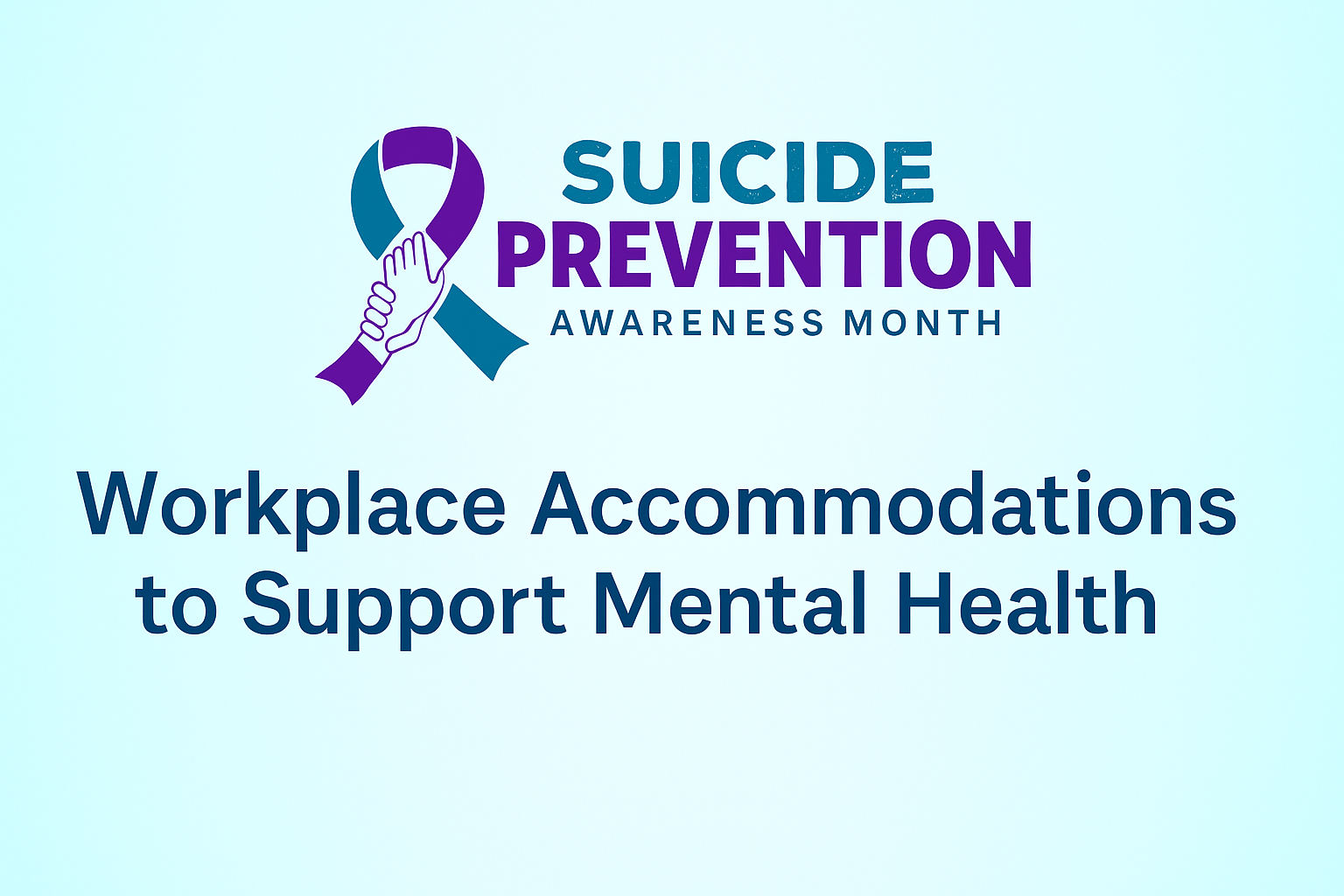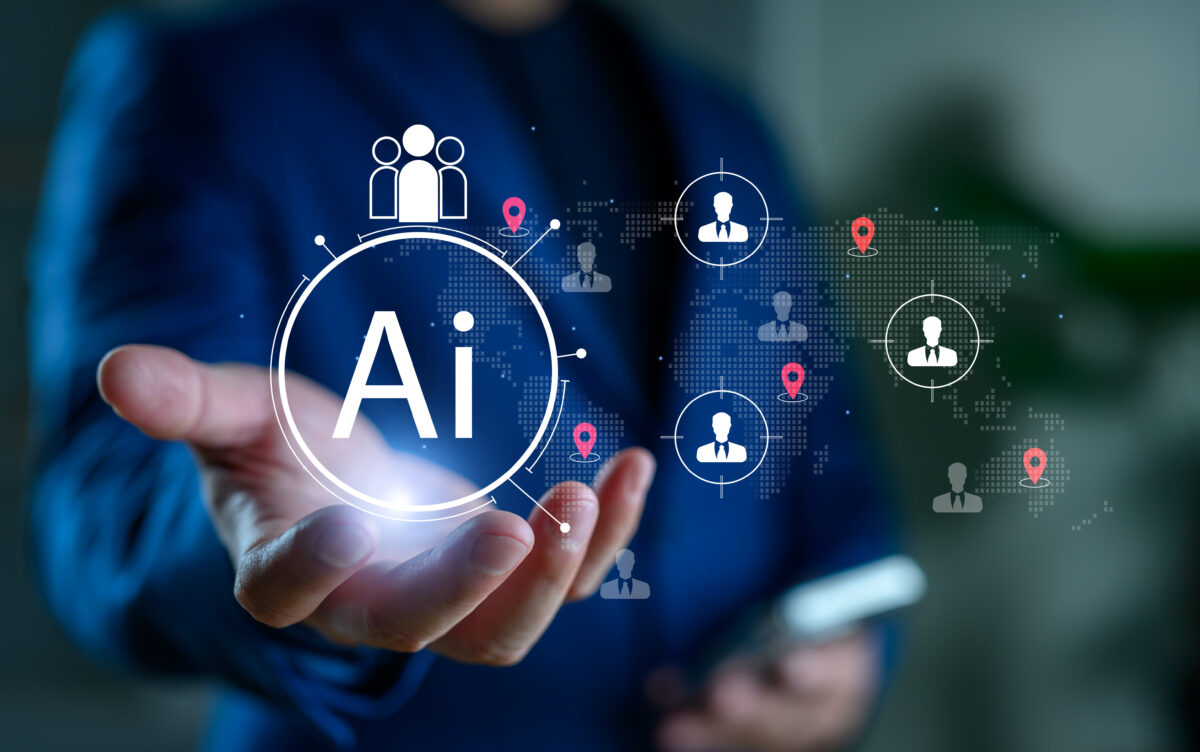As AI continues to evolve, HR leaders face the challenge of balancing the benefits of AI to enhance performance and compliance with the potential risks related to ethics, privacy, and fairness. While artificial intelligence is transforming the ways we recruit, retain, and manage talent, it also presents certain risks.
The following key recommendations from our team at IDHR Consulting focus on strategic insights, compliance, and people-first leadership.
Understand What AI Can – and Can’t – Do
AI is not just a futuristic concept; it is already integrated into many tools you utilize today. From automated resume screening and interview scheduling to personalized employee recognition and predictive analytics, AI is shaping the employee experience in real time.
As AI tools become more common in the workplace, ensuring legal and ethical compliance is critical. HR leaders must balance innovation with protective measures.
What is Possible?
AI can significantly assist organizations in various ways. Some of the most common applications of AI in the workplace include:

Effectively leveraging AI becomes much easier with a well-equipped Human Capital Management (HCM) system. A well-structured HCM can provide:
- Real-time insights into workforce costs
- Forecasting of hiring needs
- Identification of skill gaps
- Enhanced employee onboarding and development
- Automation of onboarding, training, and communication
- Stronger culture through data-informed leadership development
While AI can personalize training paths, true development relies on leadership support and a deliberate culture. Employees are seeking career growth; leverage AI to enhance, not replace, people-centered development.
Compliance is Evolving Fast
Currently, there is no federal AI law in the U.S., but change is on the horizon. State and local laws are establishing new standards regarding algorithmic bias protection, transparency, explainability, human alternatives to automated decisions, and data privacy consent. Existing laws are in place in Arkansas, California, Colorado, Illinois, Maryland, and New York City, with Massachusetts, North Carolina, Oregon, and Pennsylvania considering similar legislation.
The Equal Employment Opportunity Commission (EEOC) has already initiated legal action against the misuse of AI in hiring practices. If your business employs AI in talent management, ensure your systems comply and are free of bias. Ongoing litigation, such as the case involving the Colorado Civil Rights Division by the American Civil Liberties Union (ACLU) against Intuit and Mobley v. Workday, underscores the legal risks associated with relying on AI without proper safeguards.
Understand the Risks of Public vs. Enterprise AI Tools
As AI adoption accelerates, it is essential for HR leaders to differentiate between public AI tools and enterprise-grade private solutions. Public AI tools, such as free chatbots and content generators, are widely accessible and often cost-free. However, they come with significant privacy and security risks. These platforms may store, reuse, or share submitted data, which could unintentionally expose sensitive company information or violate confidentiality agreements.
In contrast, enterprise AI solutions are specifically designed with enhanced security measures, compliance with data privacy regulations such as the E.U. General Data Protection Regulation (GDPR) and the California Consumer Privacy Act (CCPA), and dedicated support for responsible AI governance.
When evaluating AI tools for workplace use, HR leaders should prioritize platforms that offer:
- Robust Data Privacy Protections: Ensure data is encrypted, access-controlled, and not used to train external AI models.
- Enterprise-Grade Compliance: Verify alignment with industry-specific regulations and internal corporate policies.
- Auditability and Transparency: Choose tools that provide clear documentation of data usage and algorithmic decision-making processes.
It is crucial to encourage employees to avoid entering confidential or personally identifiable information (PII) into public AI tools. Without proper safeguards, even a simple query could expose sensitive business strategies, compensation data, or personal employee information. Incorporating guidance on public AI tool usage into your internal AI policy is vital for maintaining data integrity and compliance.
Create an AI Usage Policy Before You Need It
HR and business leaders should take proactive steps to stay compliant in this rapidly evolving landscape.
First, develop an internal AI policy that includes clear usage guidelines, labeling for AI-generated content, and integration with your existing policies (EEOC, Privacy, Code of Conduct, etc.). Other key actions include:
- Auditing your current HCM for deficiencies
- Prioritizing employee training on the risks and responsibilities associated with AI use
- Involving company stakeholders in evaluating new AI tools
- Establishing clear language for disciplinary actions related to AI policy violations
Final Thoughts
AI is here to stay, but human leadership remains essential. Smart technologies must be guided by clear business applications and well-defined guardrails.
Need assistance evaluating your HCM system or creating compliant AI policies? Contact us at Information@idhr.co to schedule a consultation and explore how IDHR Consulting can help your team remain compliant, competitive, and people-focused in the evolving AI landscape.
This commentary originally appeared on ArkansasBusiness.com. You can see the original article here.



